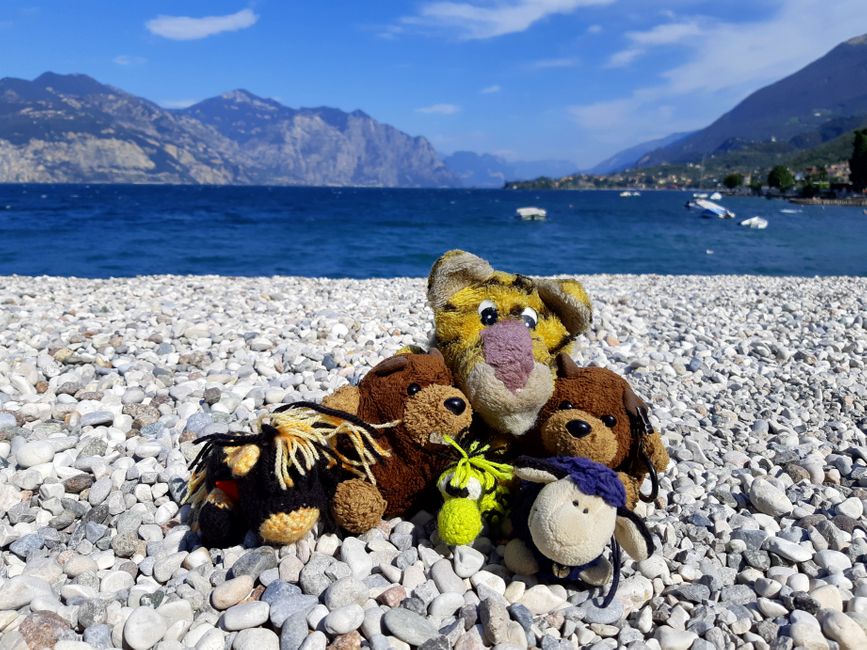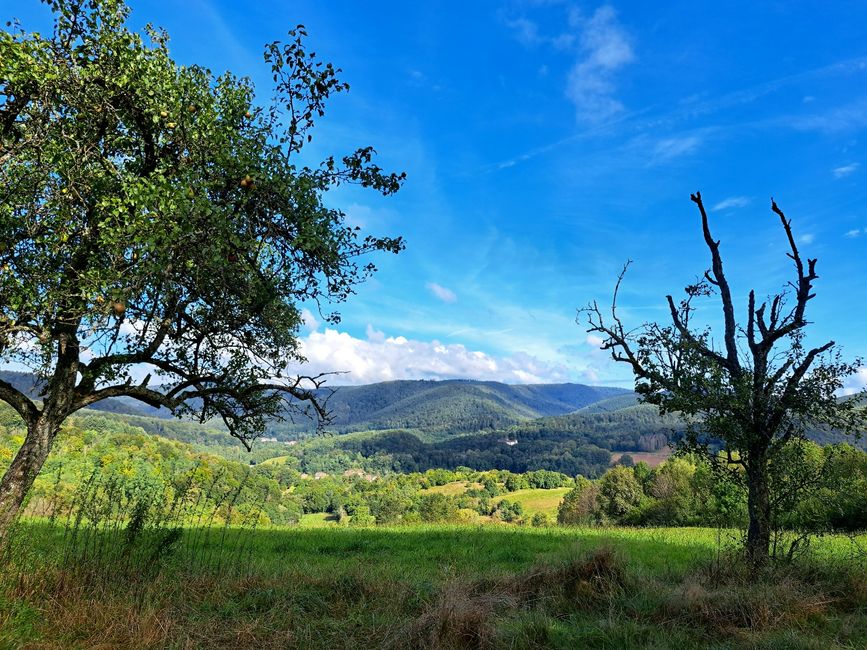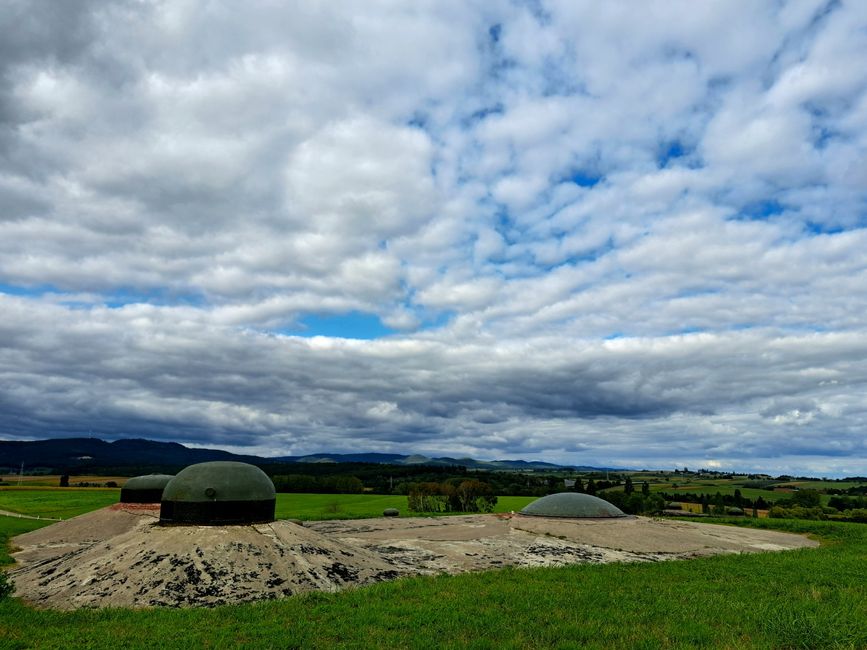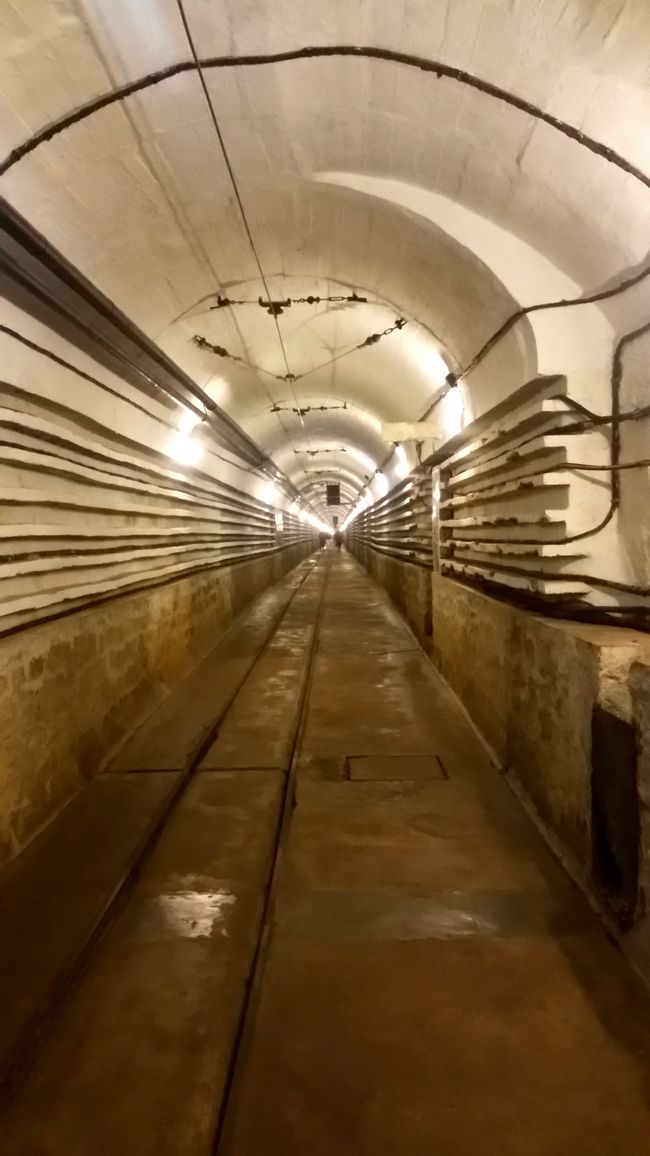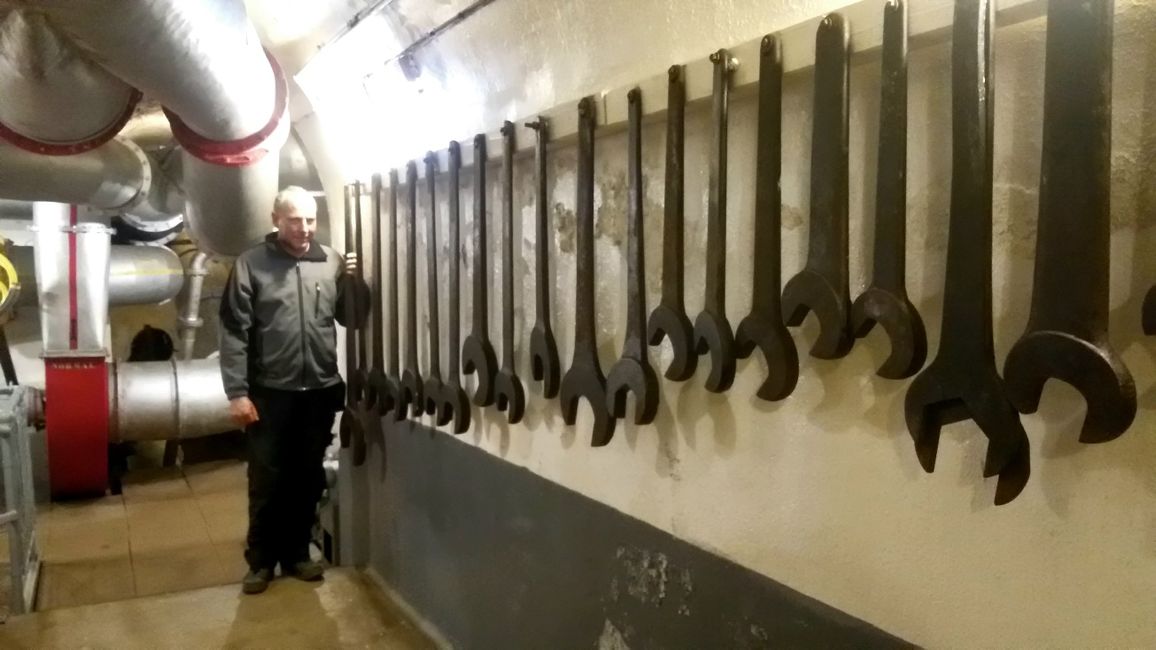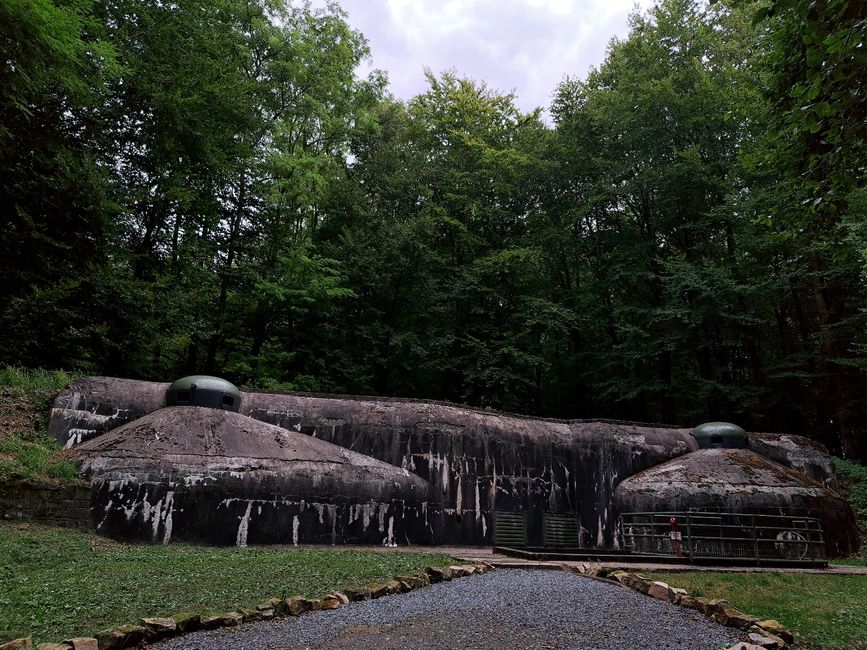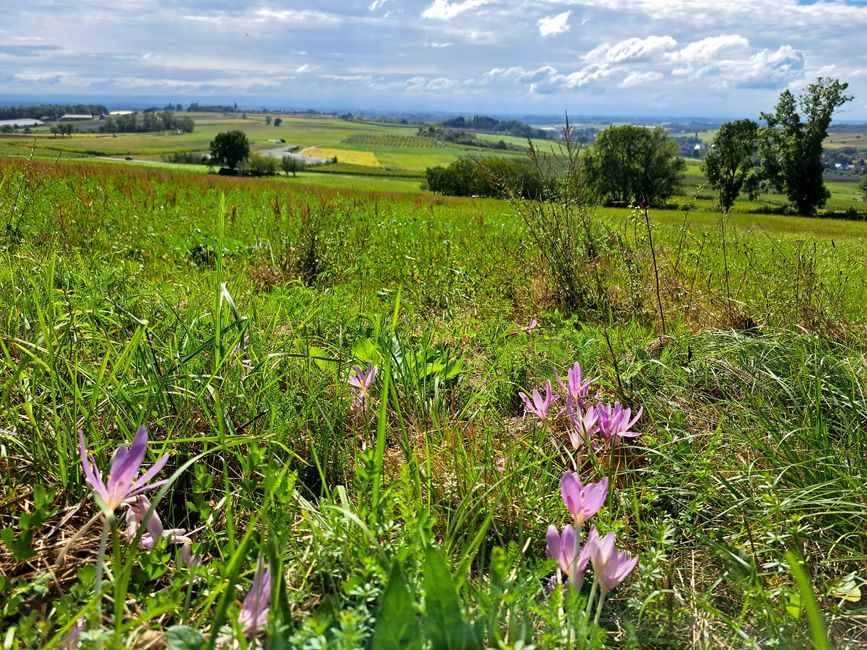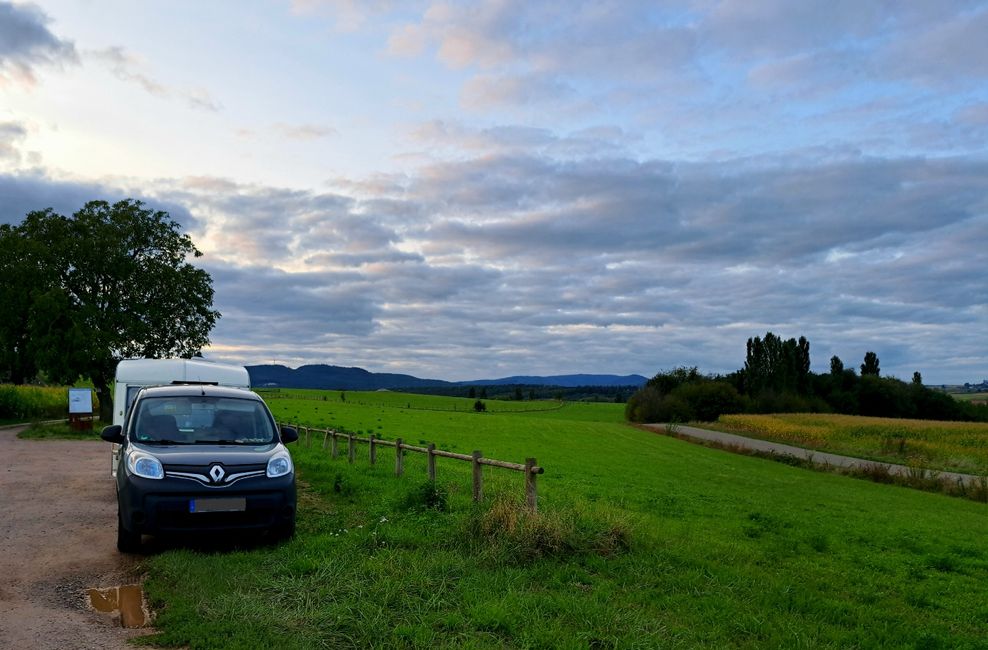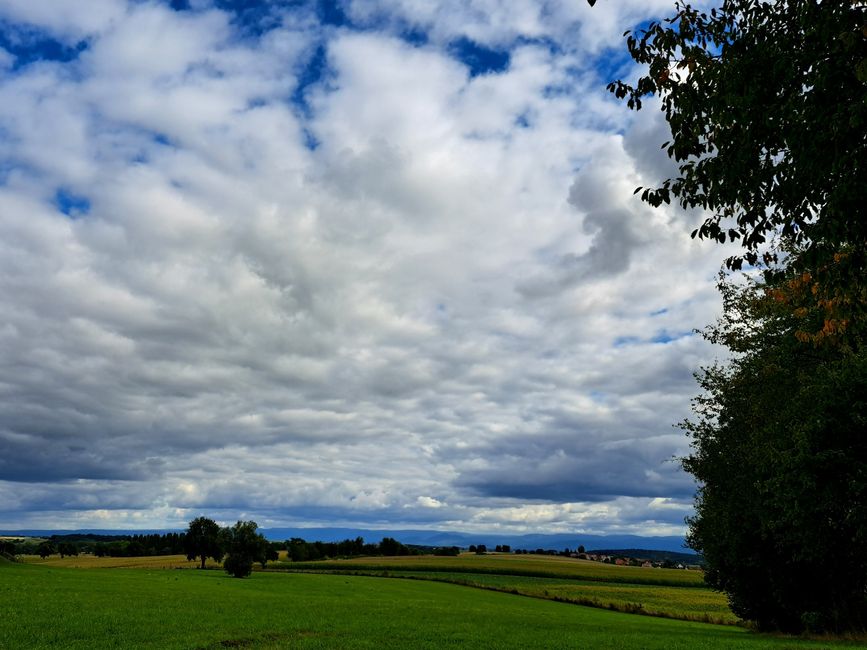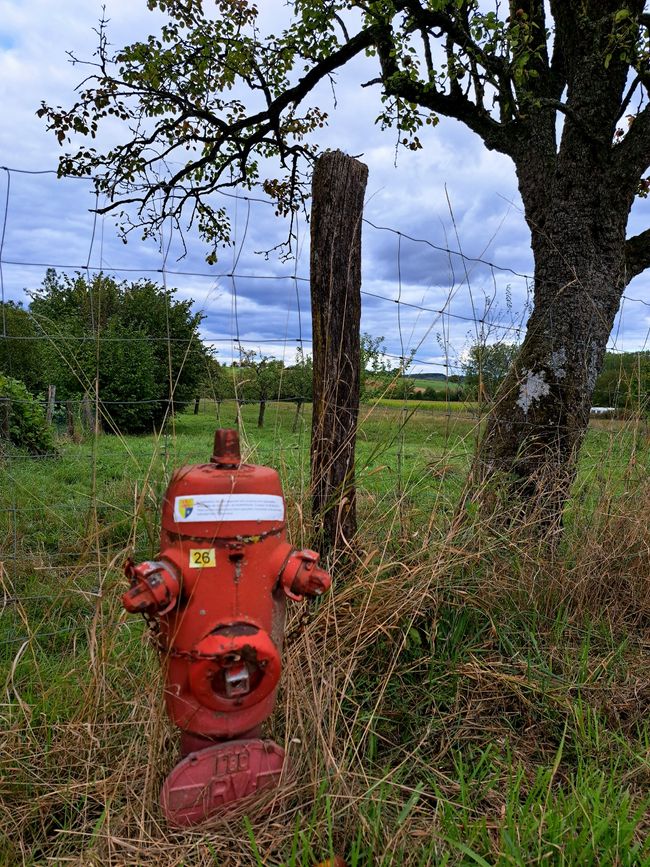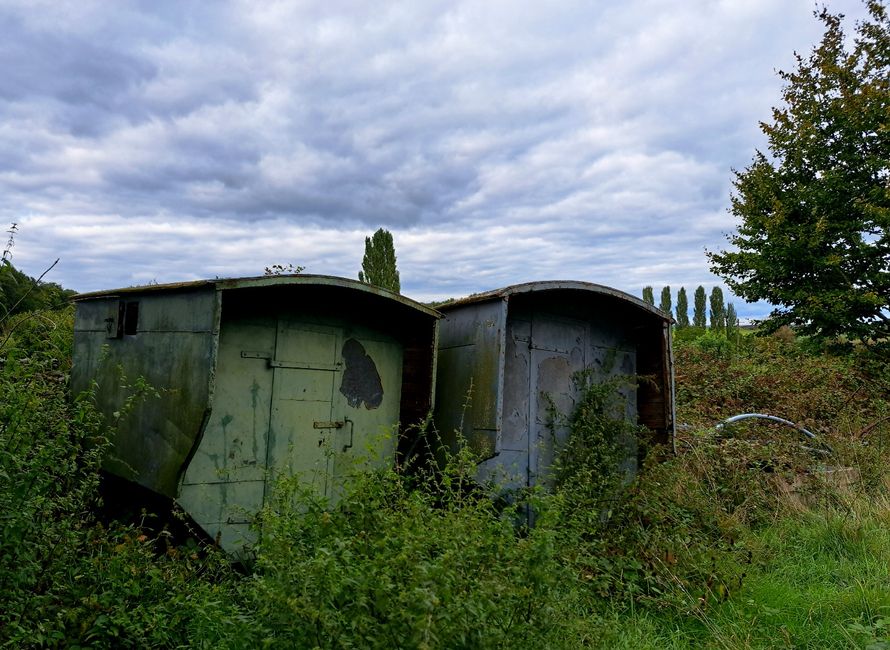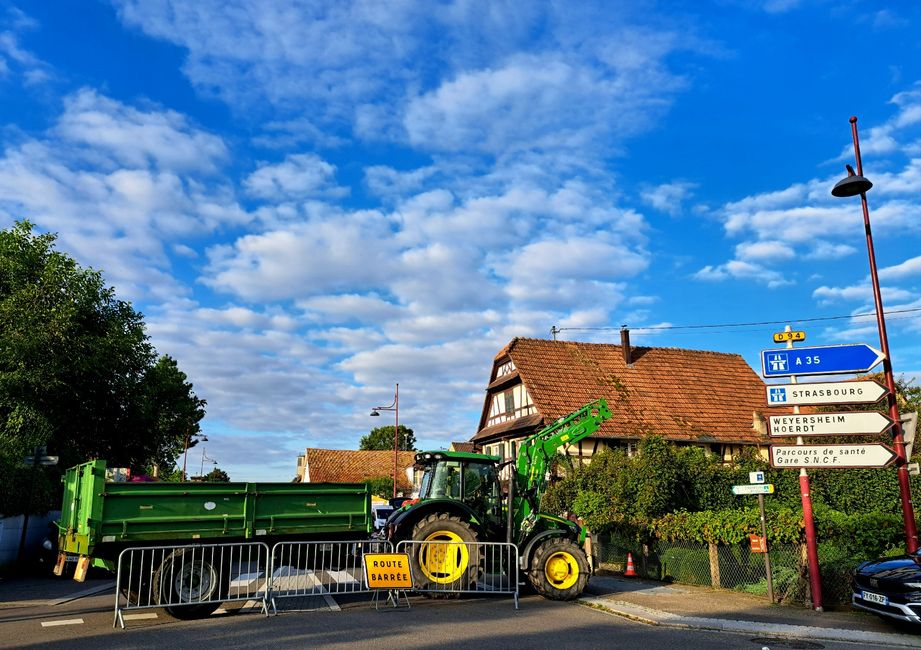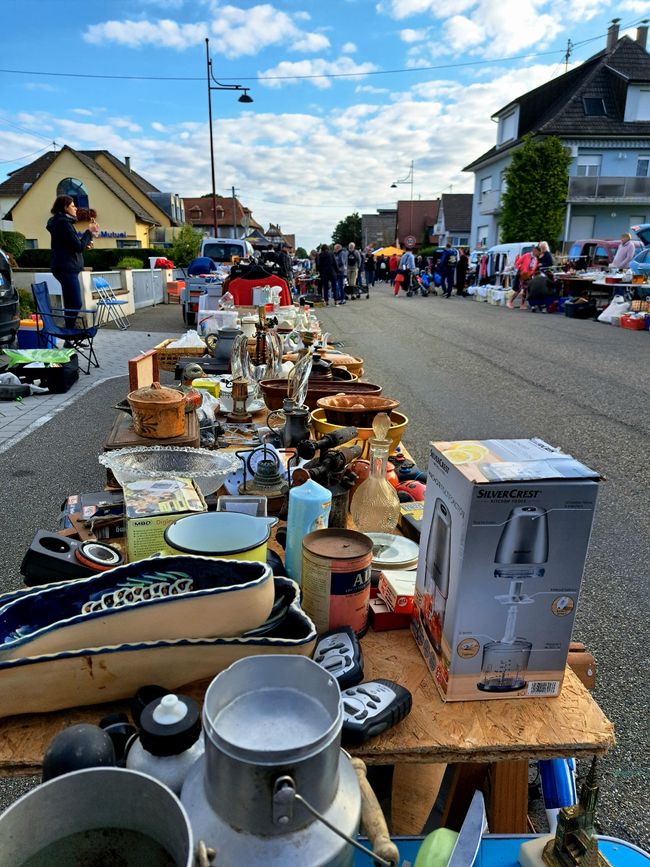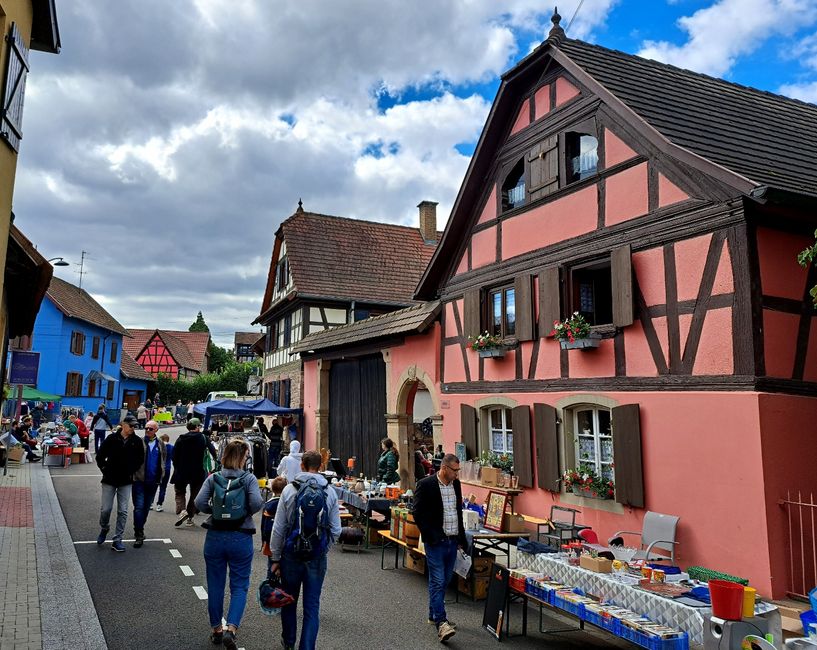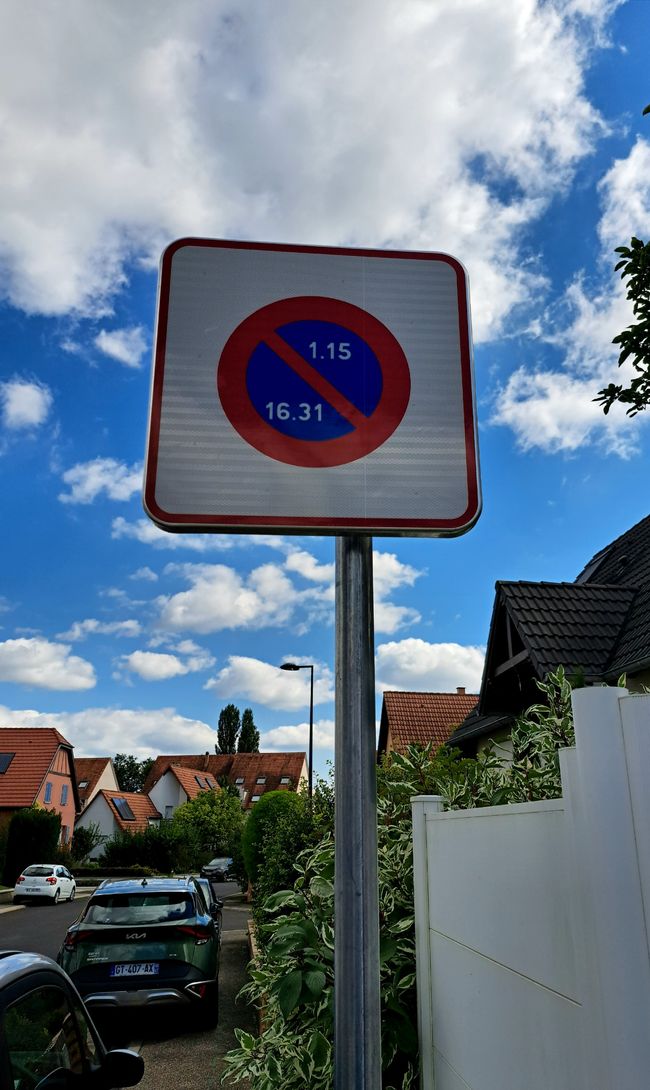Expedition Alsace
Pubblicato: 21.09.2024
Iscriviti alla Newsletter
We have arrived in Alsace and are watching the big ships battling upstream against the current of the Rhine. Or the paddlers who will be landing in Rotterdam within a few hours, riding the swift current.
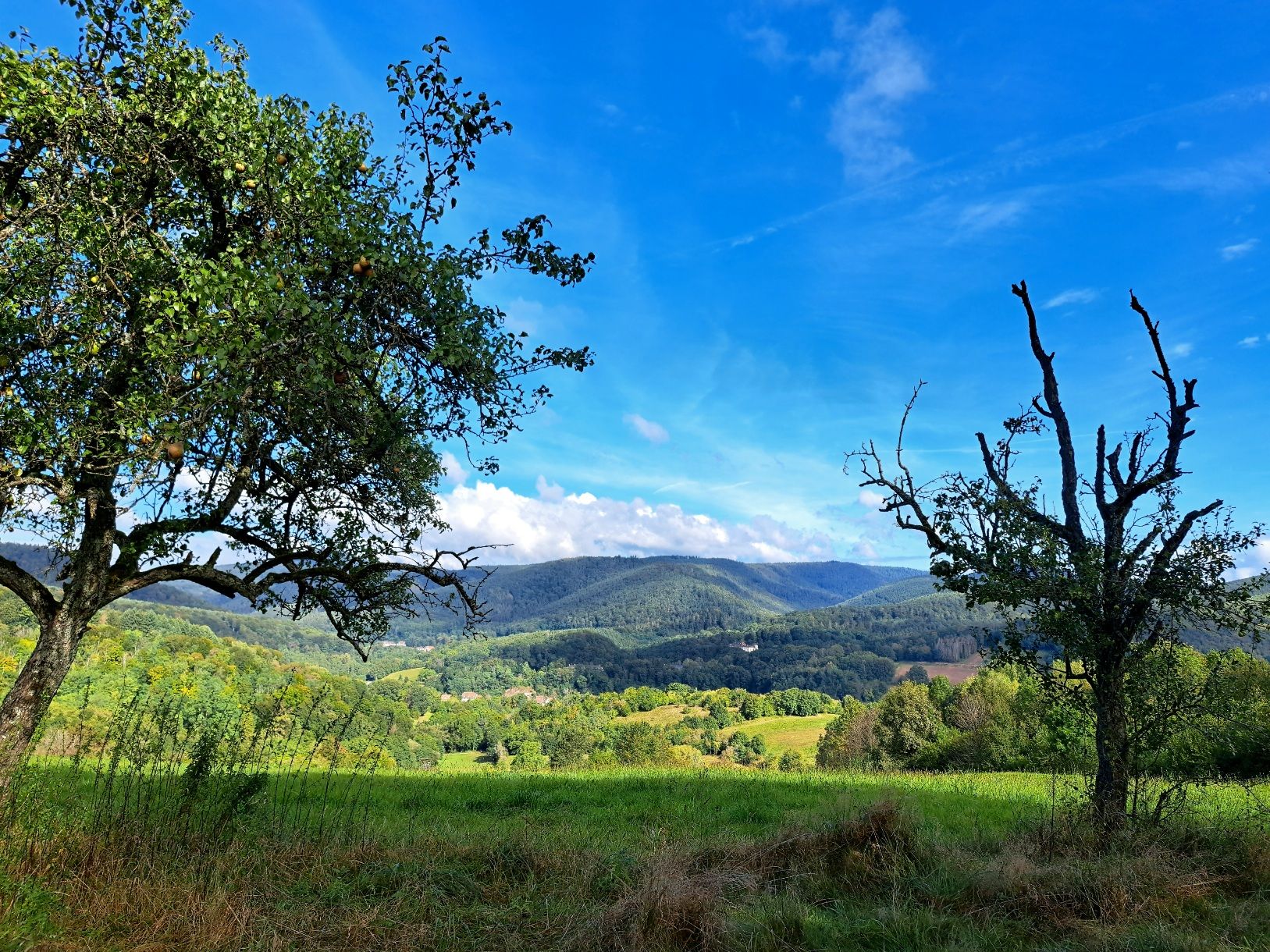
This region of France is always worth a detour. Whether hiking through high vineyards, taking walks through charming little villages with colorful half-timbered houses, or simply enjoying the picturesque landscape with gently rolling hills leading up to the balloons of the Vosges, a stay here is worthwhile at any time of the year.
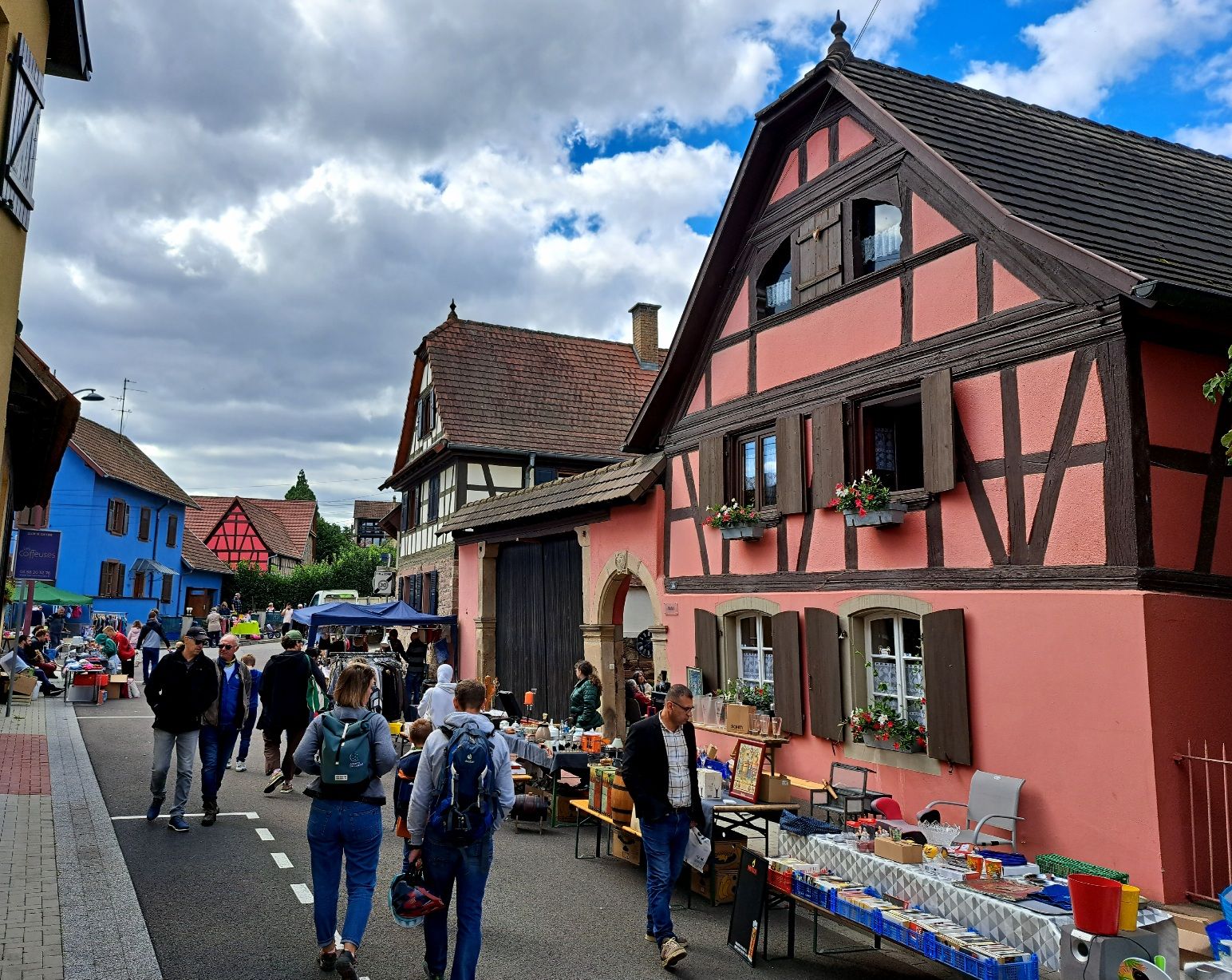
We are, of course, staying a few more days because the local flea markets promise a chance to admire plenty of treasures and find great bargains.
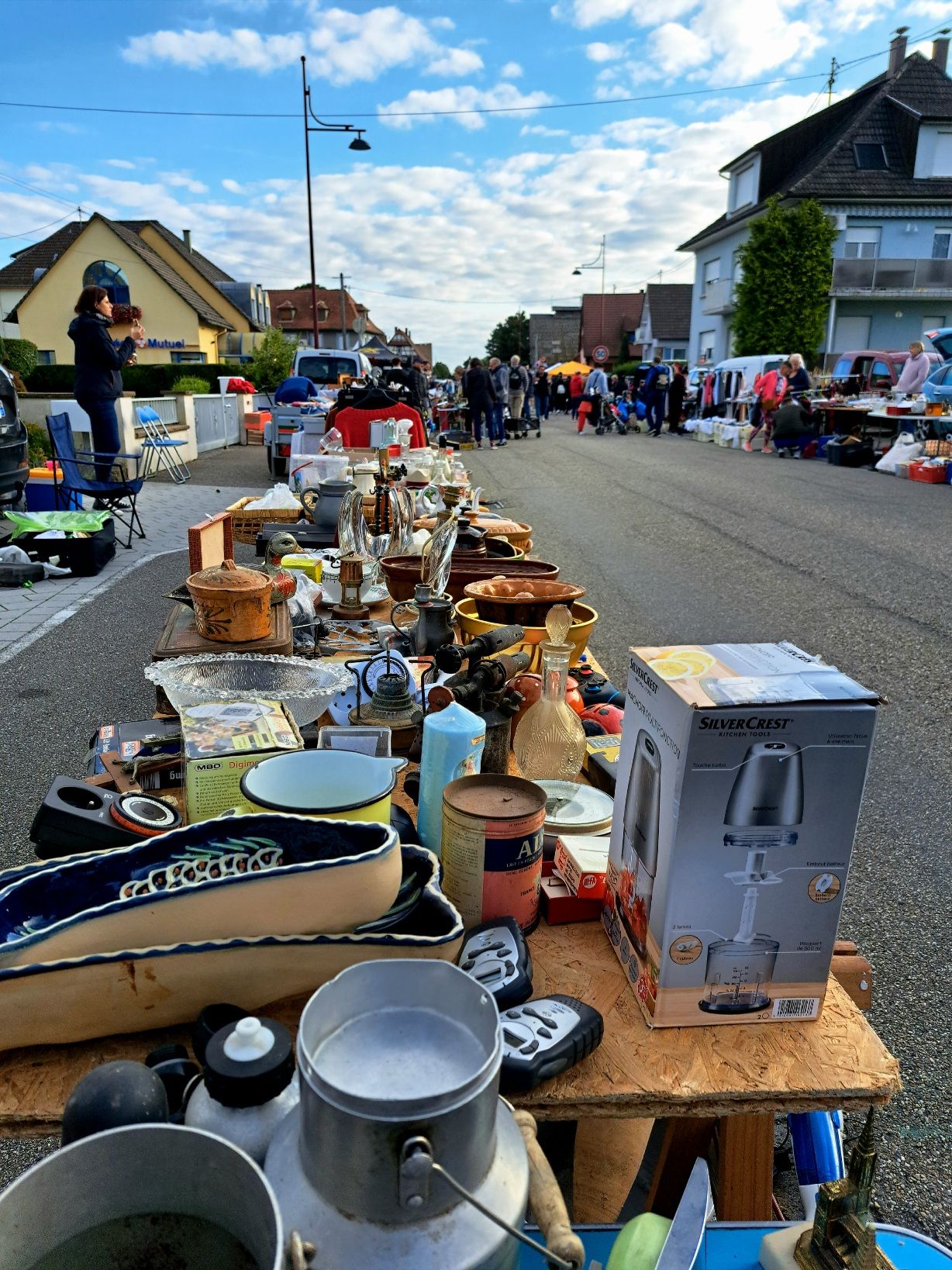
For me, the vide greniers are also always a great opportunity to get back into the language. It's easy and straightforward to chat with the locals. Whether it's during price negotiations, sharing stories about beautiful items, or discussing the weather and the cold in the early morning. And the Alsatians are also keen to speak German when they realize they have les allemands in front of them. They quickly switch languages, and if I momentarily forget how to say the jaws of the vise in French, they are happy to help me out.
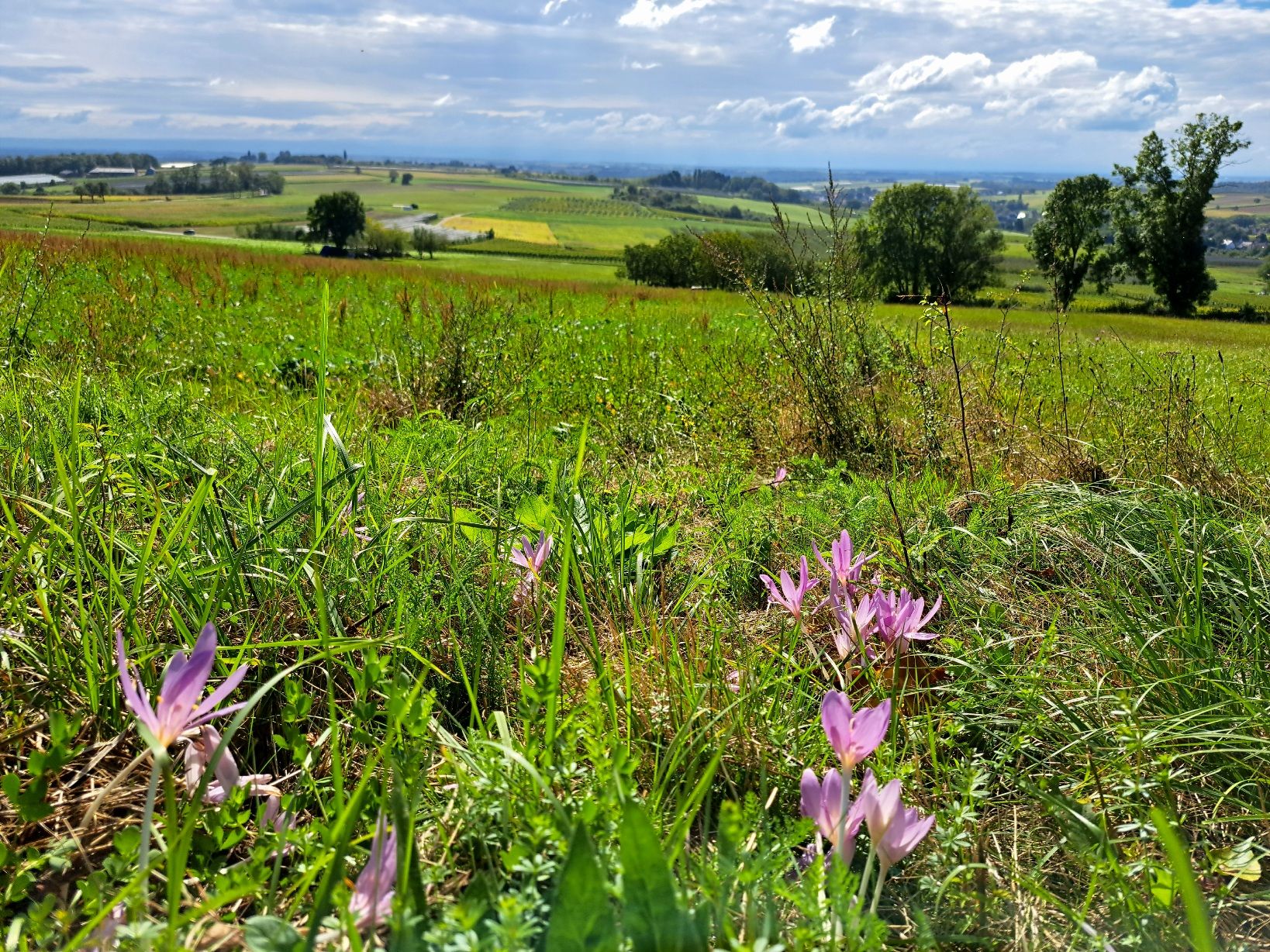
Monsieur Télétravail tells us that his grandmother was forced to speak German in school, and she later taught him. Therefore, he can now sell truck parts for a company from Münsterland in France from his home office.
Only the young people are no longer so fluent in German.
And the specific Alsatian dialect is understood only by insiders...
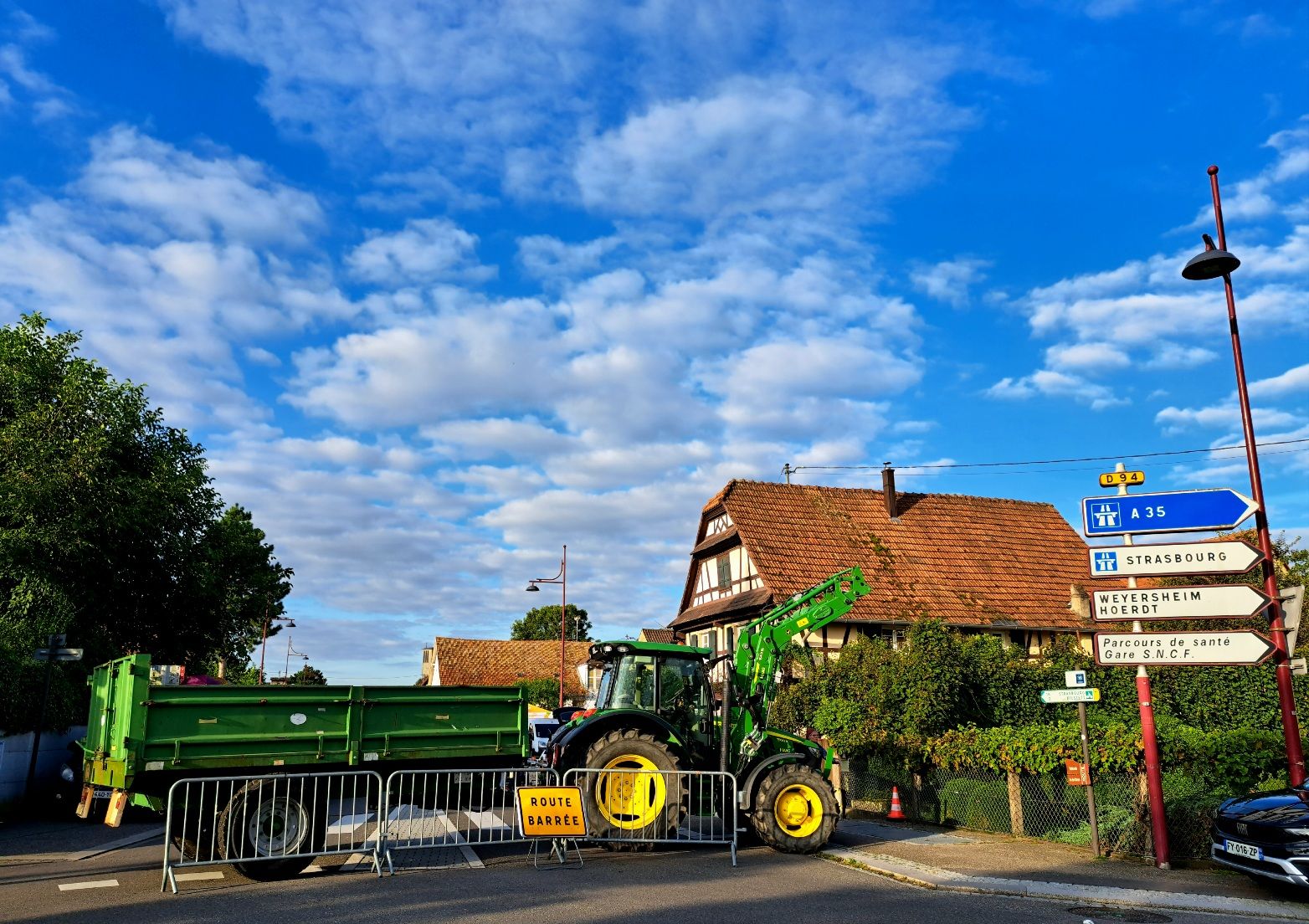
For a quick lunch break, we stop at a parking lot from where you can hike to the outer domes of Fort Schoenenbourg. A few years ago, we accidentally participated in the 3km long tour of the largely underground fortress that is part of the Maginot Line in Alsace.
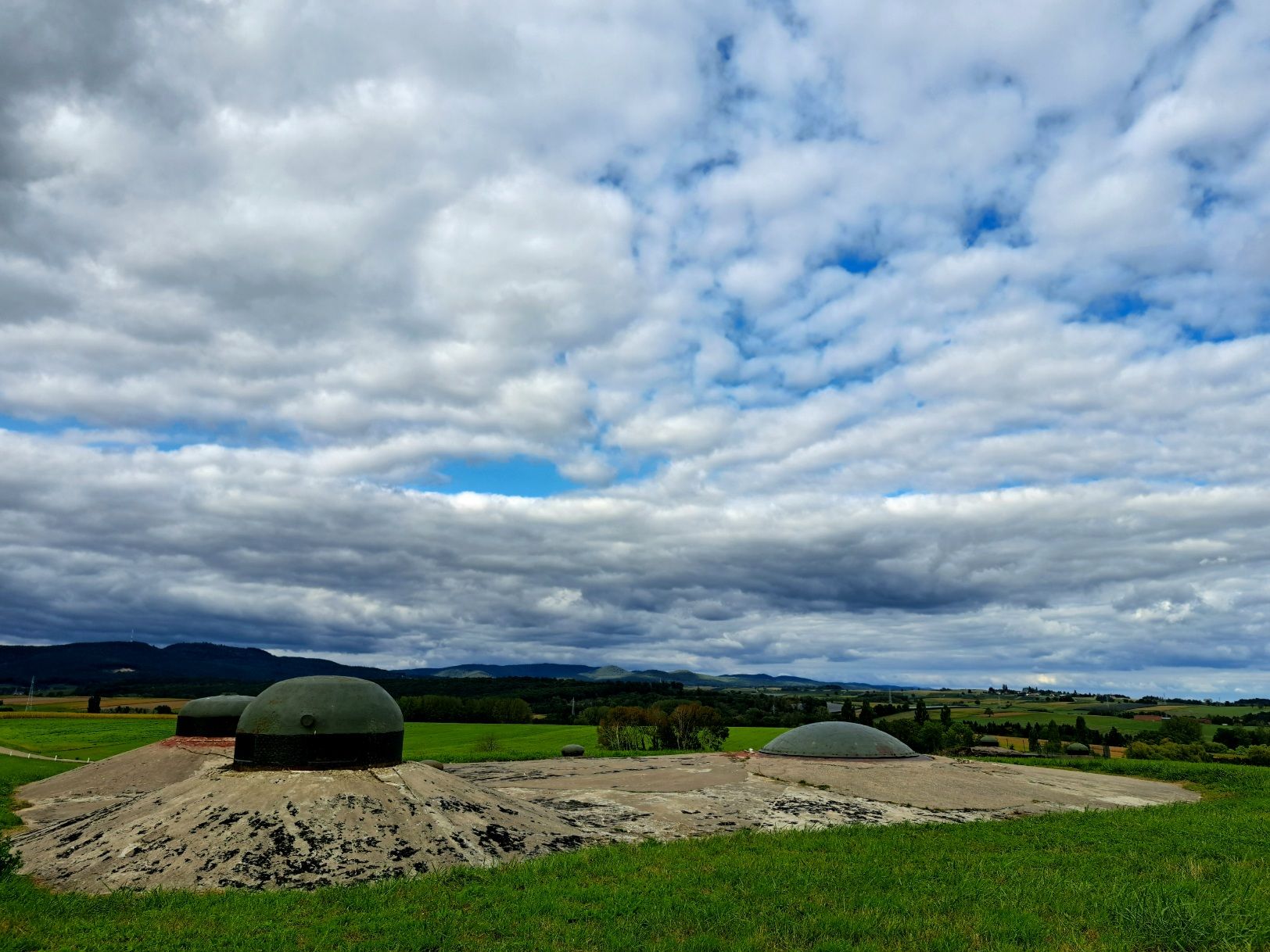
Kitchens, electric power plants, retractable turrets, sleeping quarters, and medical areas can be visited 30 meters deep.
The tour is impressive but also evokes a lot of discomfort and fear. A striking experience of what madness humans are capable of.
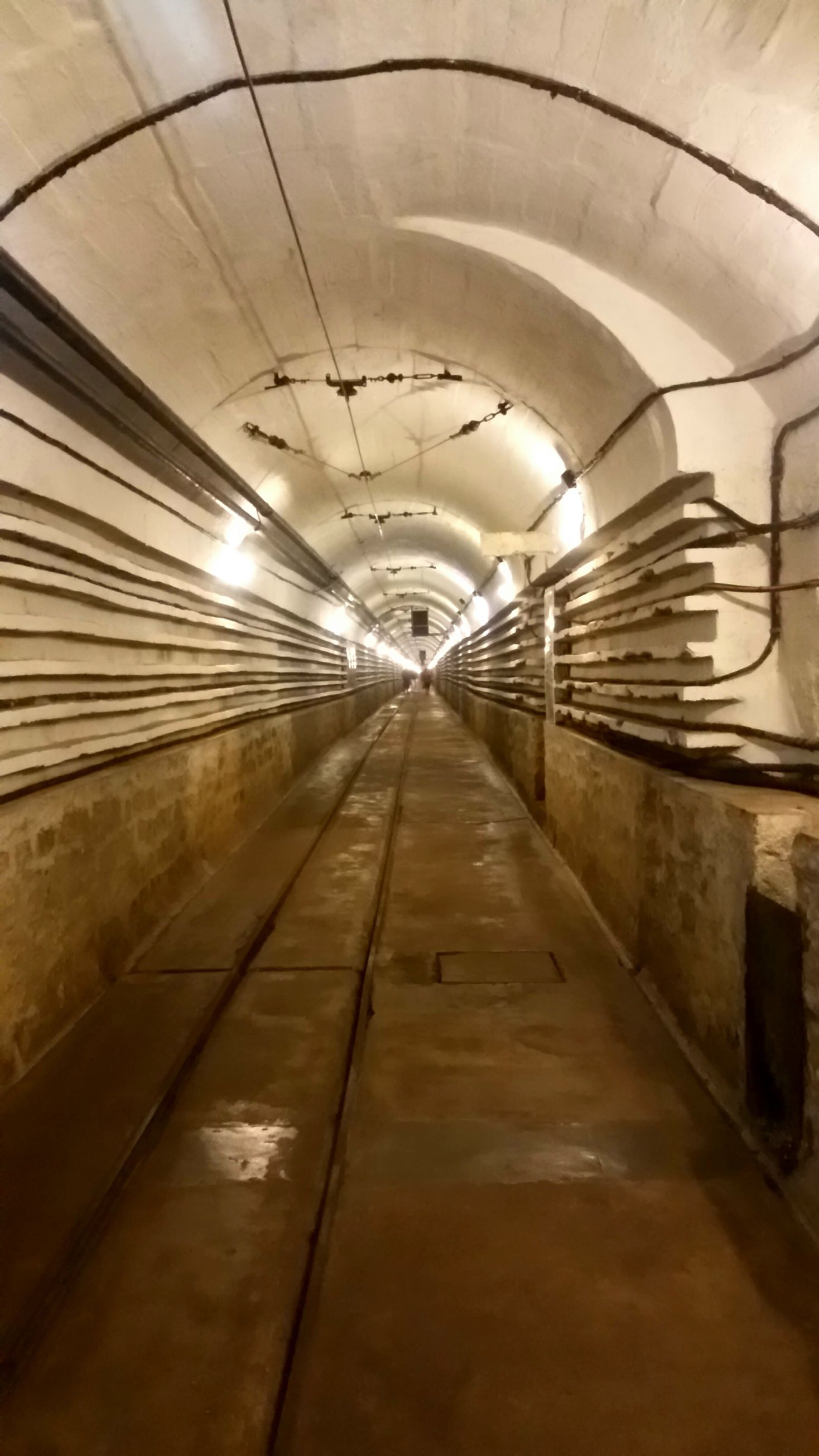
Schoenenbourg could not be taken by the German Wehrmacht despite countless 1000kg bombs. The soldiers stationed there were unaware of the French capitulation and continued to defend their fortress until it was handed over to the Germans on orders from officers in unoccupied France.
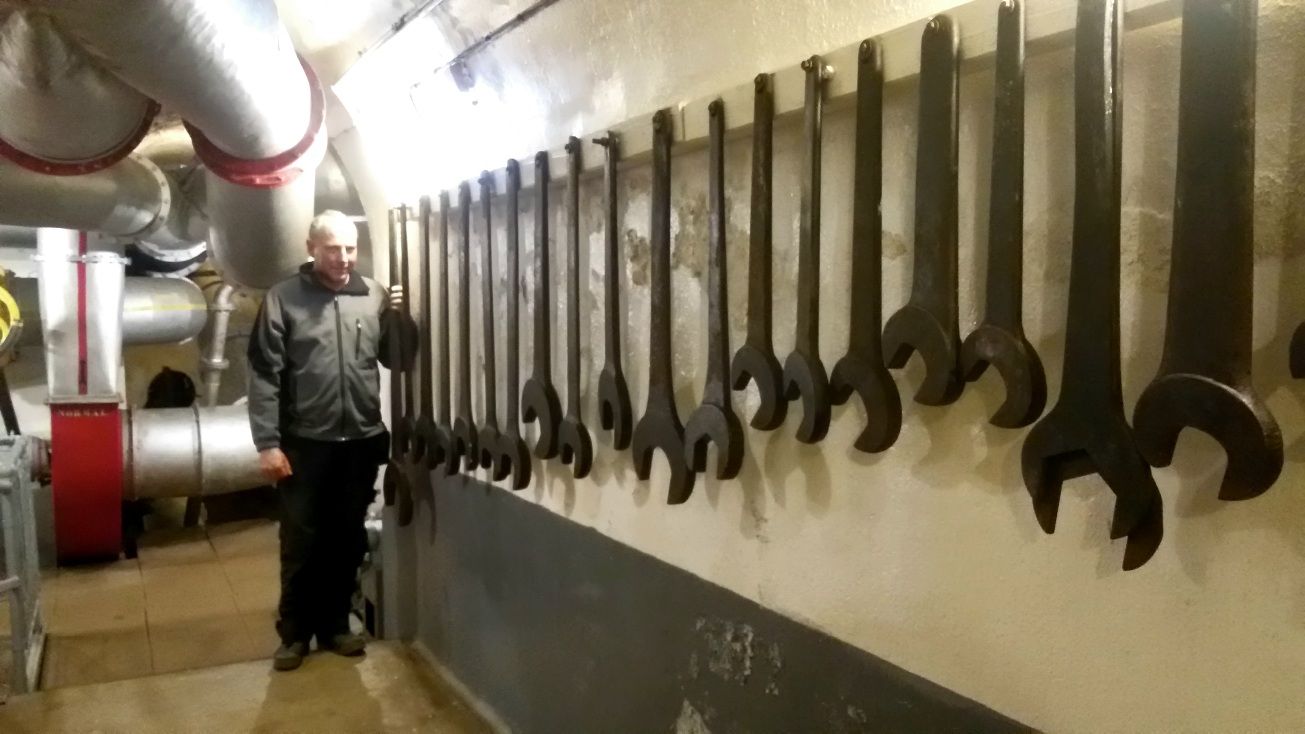
In the late evening, we drive to Rohrwiller to secure a good parking spot for tomorrow's vide grenier. However, we do not park in the local sports field's garage because a sign informs us that parking there is not allowed from 10:00 PM to 6:00 AM. We explain the presence of cars there as the blockage of the thoroughfare, not as possible French obstinacy to defy all prohibitions. You must park your vehicle somewhere.
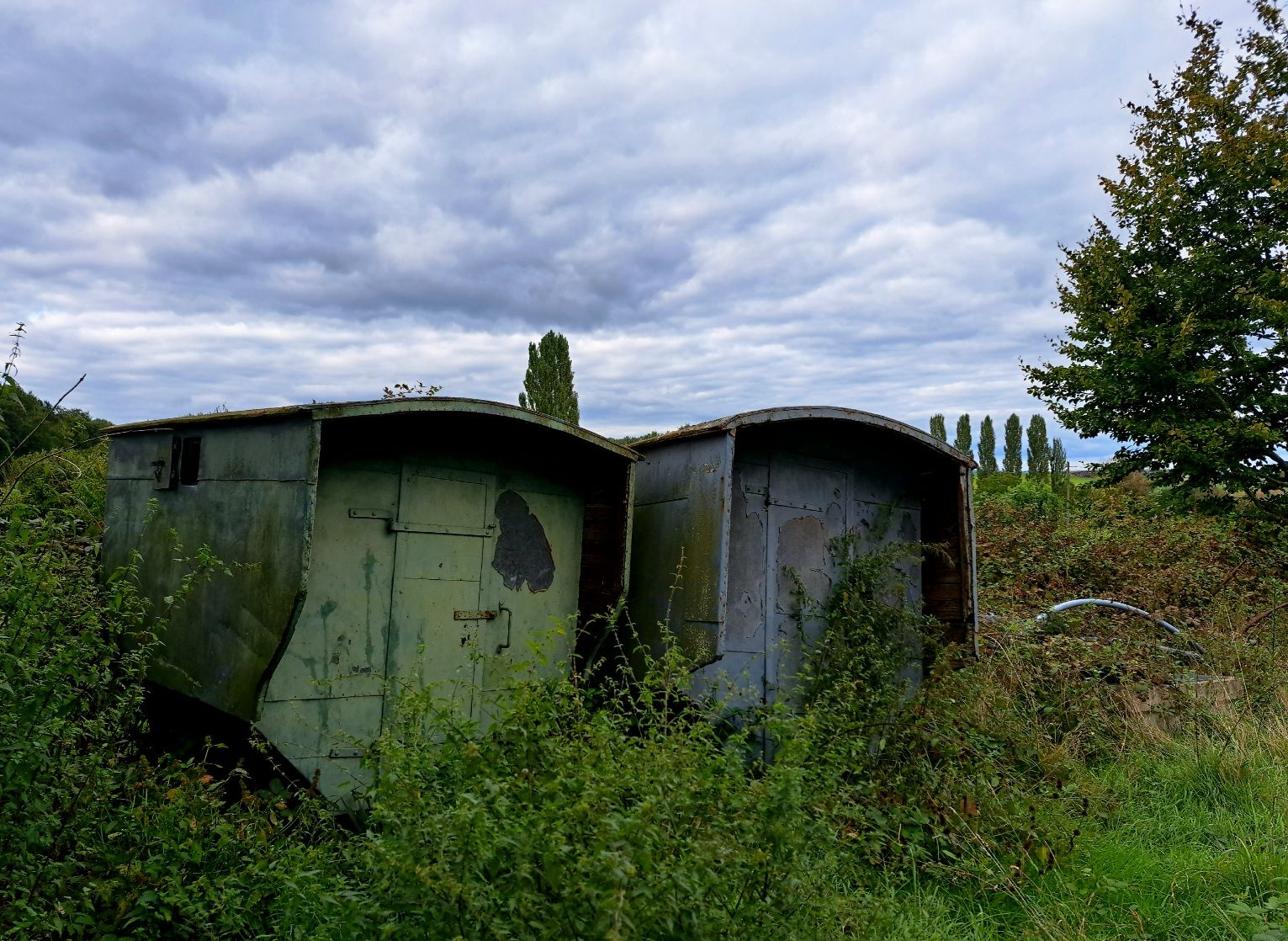
Around 3:30 AM, we understand the reason for the nighttime order: the local youth gathers here for a last drink, loudly singing the hit French party songs with indistinct lalala. Aha - understandable that the residents would prefer not to hear that except on weekends.
It takes us both some time to return to sweet dreams, and just as we've finally accomplished that, the alarm clock rings. At the same time as the Catholic church bells. Sunday morning at 6:00 AM!
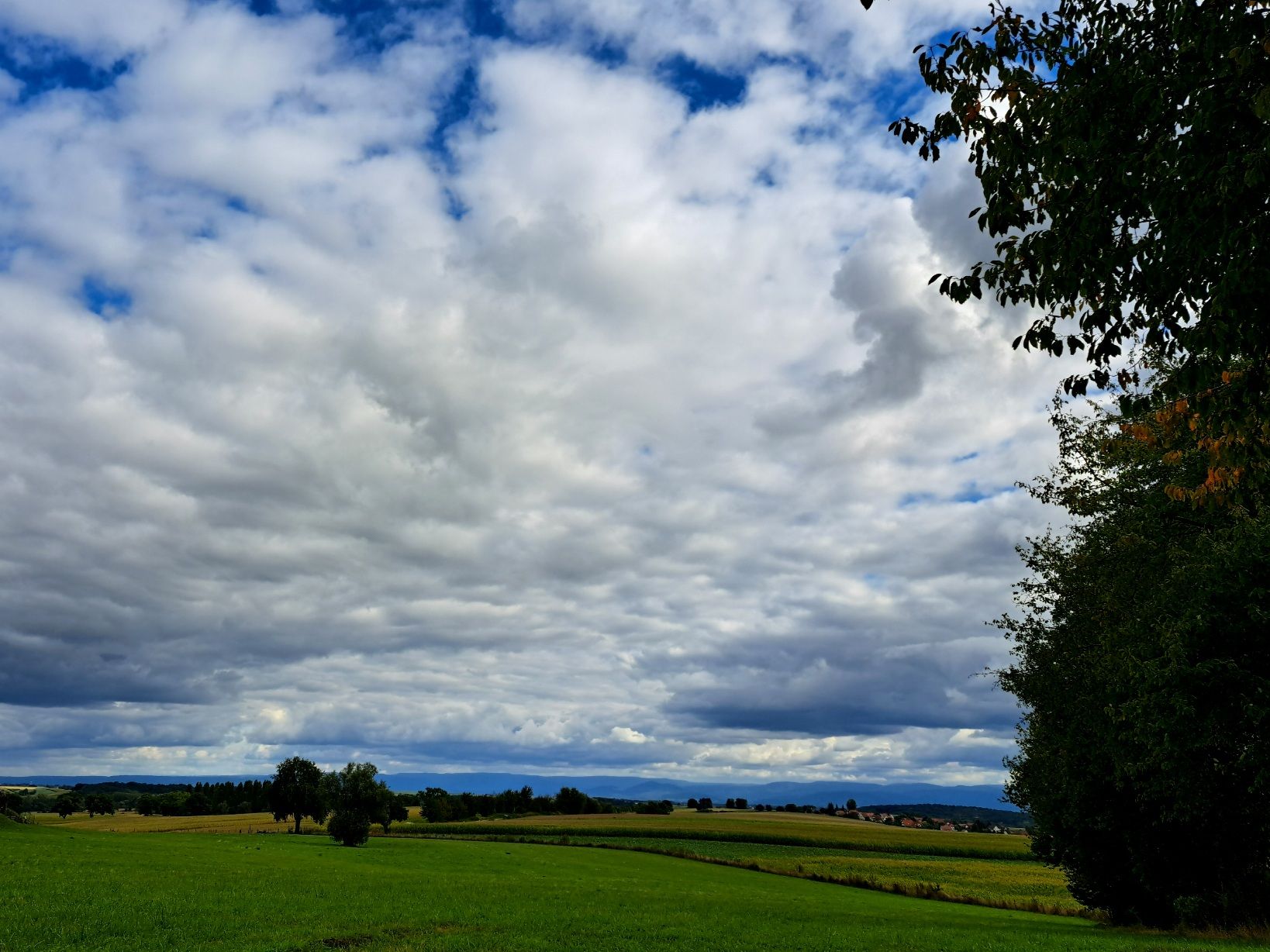
We've chosen a flea market tour around Strasbourg, so we have to get up early.
It is cold this morning, and I am once again very happy that we have the Mistral with us and do not have to hold our first coffee in freezing hands.
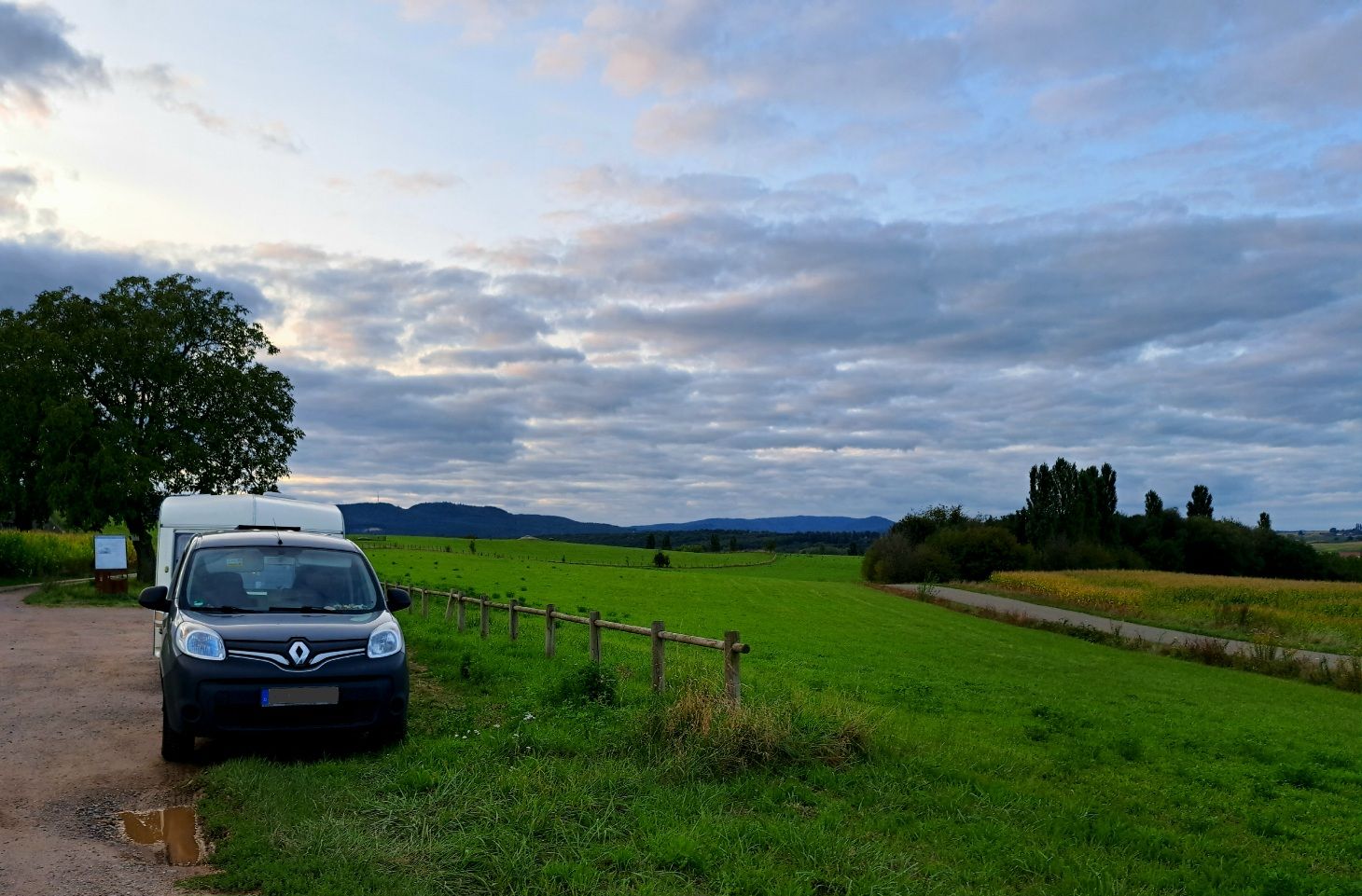
Tractors are very effectively parked on main roads as barricades, completely blocking all access roads in the villages. Yes, the French have always known how to create blockades.
While searching for a parking spot in the second flea market village, we stumble across a prohibitory sign that we have not encountered in this form before, which gives us serious pause for thought.

What does a no parking sign mean with the numbers 1.15 on one side and 16.31 on the other?
Is everything prohibited from 1:15 AM to 4:31 PM? Some strange times, right? From January 15 to, ummm, 31.16. - doesn't work either...? House numbers? But we don't see any numbers on the houses in the street.
No idea! We hope for the usual exceptions that apply to French village flea markets, where vehicles are generally parked wildly and without rules everywhere and therefore the Kangoo along with Mistral won't be towed.

The later search on Google brings the following revelation:
'Parking is only permitted from the 1st to the 15th of the month on the side with houses with odd numbers and from the 16th to the end of the month on the side with even numbers!'
Understood? Grade One!
Iscriviti alla Newsletter
Risposta (3)
Frank
Hi ihr Lieben,
schön wieder an euren Abenteuern Teil zu haben... und passt mir bloß gut auf den kleinen Tiger auf.
Schade, dass ihr nicht noch auf 'nen Sprung zu uns rüber nach Lörrach gemacht habt.
LG FrankKasi
Vielleicht schaffen wir das ja auf dem Rückweg, melden uns dann auf jeden Fall 🤗CowboyHeiko
Weiterhin eine gute Reise und einen schönen Urlaub! Wir sind wieder mit dabei und fiebern mit. Hoffnung keimt auf, das diesmal alles gut geht... 😂 Viele Grüße von Heiko, Heike und Moppi, der dacht:" Dat Auto nun vanünftich rennt, wenn de Bürne nüch mehr brennt!"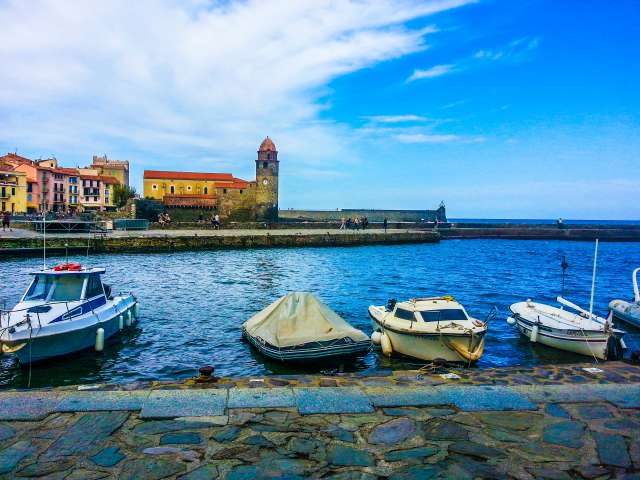
Rapporti di viaggio Francia

